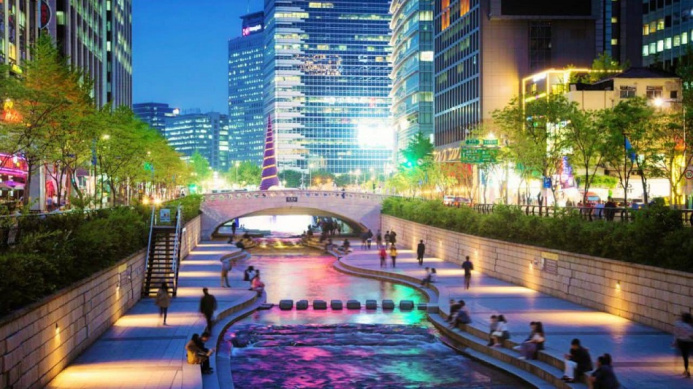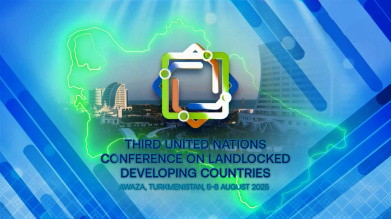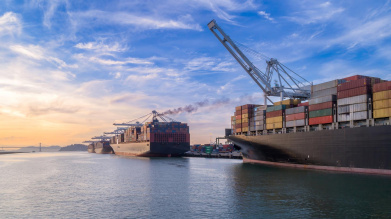South Korea has created a program to reuse 90% of the country's food waste
19.06.2023 | 14:44 |Of the countless kilograms of South Korea's annual food waste, very few will ever end up in a landfill. This is happening for two reasons: first, it's been illegal since 2005, and second, because they have possibly the world's most sophisticated food waste disposal infrastructure.
Representing a significant burden on the economy, the disposal of food waste nevertheless produces sufficient supplies of animal feed, fertilizer and biogas, which are used to heat thousands of homes.
According to the New York Times in Seoul, South Korean cuisine tends to create food waste, as many main dishes are prepared with only a few to dozens of ingredients.
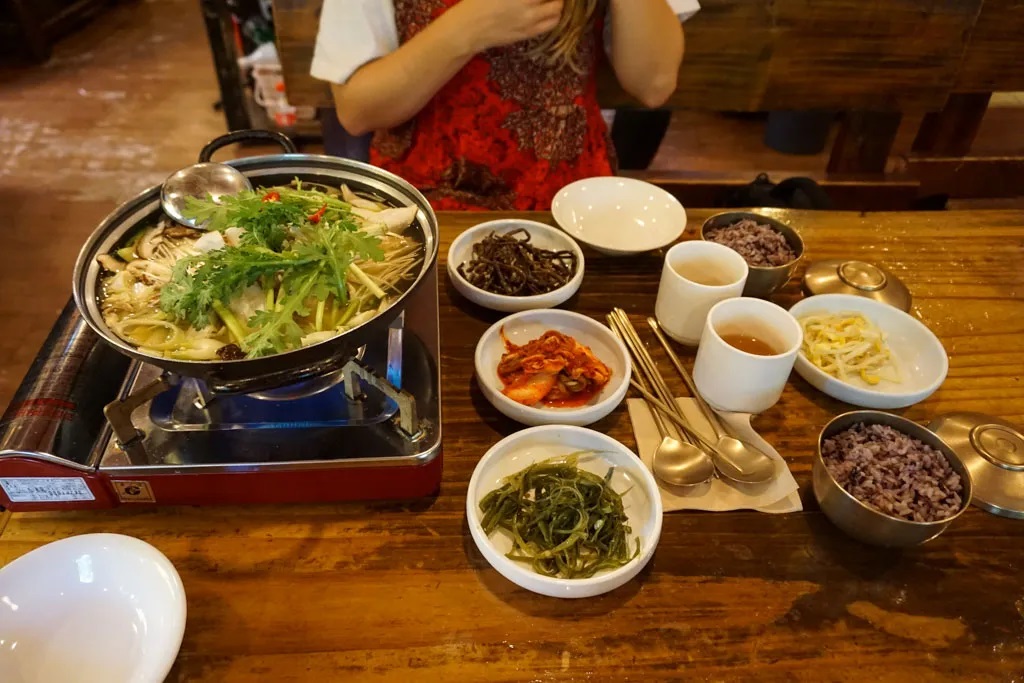
Because the culture favors abundance over limitation, many of these small dishes of tofu, kimchi, bean sprouts, and other snacks would be thrown into the landfill if it wasn't illegal. The government put a ban on this because the mountainous terrain is not ideal for building a landfill.
Instead, restaurateurs and street vendors pay the municipality for a sticker that is placed on the outside of special trash cans. Filled with food waste, in the morning they are left on the road for collectors, who take 90% of all such waste in the country to specialized collection points.
In apartments and among residential areas, high-tech food waste disposal machines are controlled by a key card owned by residents under contract with recycling companies.
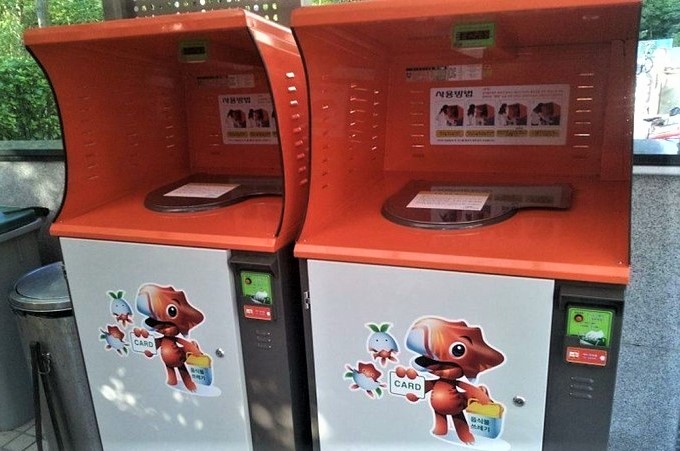
After the products are delivered to the processing plants, they are sorted for non-food waste, which is mixed with them, the moisture is evaporated from them, and then they are dried and baked into a black mud-like material, which is actually a protein and fiber rich food, for example, for chickens or ducks.
This is just one way to recycle food waste. Another method uses giant anaerobic reactors in which bacteria break down all the food, producing a mixture of CO2 and methane that is used to heat homes - like the 3,000-household suburb of Seoul called Goyang. All the water needed for this chemical process comes from the moisture previously separated from the food.

The remaining material is sent as fertilizer to any farms that need it. All water content is sent to treatment facilities, where it is ultimately discharged into reservoirs or watercourses.
While one such plant has been closed due to local residents complaining about the odor, many plants are odorless thanks to a system of pipes built into the walls that eliminates it through a chemical reaction.
This is what South Korea does. Of course, it costs them about $600 million a year, but they have a lot of fans, including in New York, which hopes to implement similar infrastructure in the coming years.
ORIENT news

